
Who was Mary Magdalene? Church tradition tells us that she was the ‘repentant sinner’ who in Luke’s gospel washed the feet of Jesus with her tears, before drying them with her long hair and anointing them with precious ointment from an alabaster jar. This is the way in which Mary has been portrayed countless times in art, but this idea of her is based upon a mistaken assumption by Pope Gregory I in the 6th-century, who seems to have confused Mary, the sister of Martha, with Mary Magdalene – a confusion of names which has turned into a traditional portrayal of Mary Magdalene as ‘the woman with the alabaster jar’.
How is it possible, then, that what seems to be such an obvious misunderstanding about these passages in scripture could last for fourteen long centuries? A story which endures for so long tends to point to greater truths. Can we reach beyond this early pope’s misunderstanding to discover why this image of Mary has had such a powerful hold on the human imagination?
Some three centuries before the pope made his erroneous assumption, a manuscript was written that would lay undiscovered in the Egyptian sands before being rediscovered many centuries later in an ancient rubbish dump near the town of Oxyrhynchus – a valuable archaeological site which has also yielded some of the poetry of Sappho. The manuscript is now known as the Gospel of Mary. It offers us a very different picture of Mary Magdalene from the Mary of church tradition: a Mary who is the most loved of Jesus’ disciples, who is the closest to him, and to whom he entrusts the inner mysteries of his teachings. In this rediscovered gospel Mary offers these teachings to the other disciples: instructions about the visions of the mind, the perceptions of the spirit, and the ascent of the soul.
Intriguingly, we are told that Mary addressed these teachings to her ‘brothers and sisters’, making it clear that other female disciples were present, and were therefore also among this inner circle of followers. Mary tells these things to the disciples after Jesus’ last post-resurrection appearance. The other disciples are feeling alone, afraid and demoralized, but it is Mary who rallies them, who urges them to keep their courage, and who assures them that they are not alone. In this text Mary emerges as a woman of deep spiritual insight, personal courage and dignity. Is there any way in which we might square this very different Mary of the gospel which bears her name with the Mary who holds the ‘alabaster jar’ of church tradition?
The woman is the vessel. She is the bearer of new life, and so is also the bearer of the most treasured and valued mystic secrets. The awe which surrounds the woman as the carrier of the miracle of life has been expressed in figurines carved from mammoth ivory many thousands of years old. To hold these mysteries is to hold a vessel, whether that vessel is expressed in the idea of the womb itself, or in the Holy Grail, or in an alabaster jar whose contents are described as the most precious and costly of all.



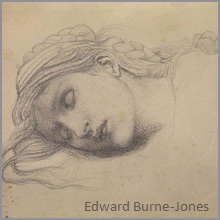

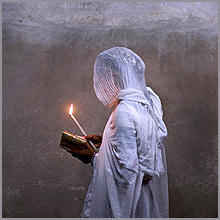

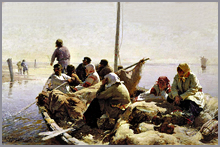
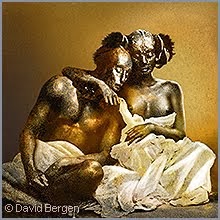


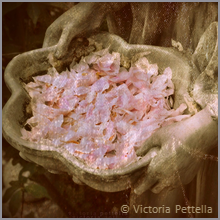
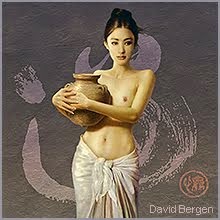

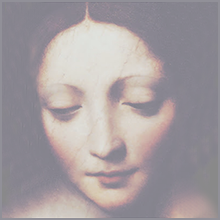


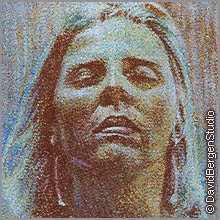


.png)








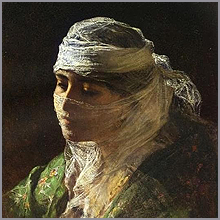


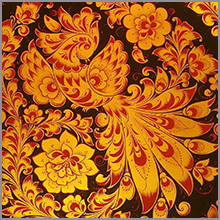

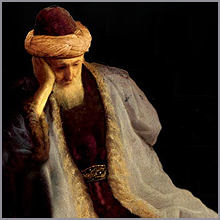




Dearest Sister....I do believe that Mary Magdalene has just spoken through you to me. Thank You Beloved One...Thank You.
ReplyDelete